TraffiGlove TG5010 Classic Cut Level D Grip Gloves
The TraffiGlove TG5010 Classic Cut Level D Grip Gloves provide a superb level of cut resistance, which, combined with fantastic dexterity, makes them well suited to a wide range of jobs that come with a high cut risk. The gloves also feature an X-Dura PU coat which encourages dry grip, while good abrasion resistance lets you handle rough and coarse materials such as bricks without risk to your hands or the gloves.
Why Choose the TraffiGlove TG5010 Classic CUt Level D Grip Gloves?
- The Best Dry Grip: An X-Dura coating provides a superb level of grip in dry conditions
- Impressive Cut Resistance: A nylon, HPPE, steel and elastane lining offers level D cut resistance
- Superb Dexterity: The gloves combine impressive cut resistance with a high level of dexterity
- All Day Comfort: Reduces hand fatigue over extended periods for all day comfort
- Colour Code on Site: Colour coded thanks to TraffiGlove's Traffic Light System
Your Number One Grip Gloves
The TraffiGlove TG5010 Classic Grip Gloves are highly popular grip gloves, and provide an outstanding level of cut resistance that means you can use the gloves for handling sharp items. Suitable types of handling include:
- Handling rough and coarse items such as brick and mortar
- Fast and tedious handling found in warehousing
- Handling sharp items such as glass, metals and steel
- Handling small and intricate items that could cause damage to your hands through cuts
- Precision handling such as box packing and packaging
- High dexterity work such as tool handling and equipment use
- Handling items with a medium level of cut risk
- Tricky handling found in engineering and mechanics
- Handle slightly damp materials such as lumbar and wood
Which Size Should I Choose?
The TraffiGlove TG5010 Classic Cut D Gloves come in a number of sizes so you should be able to find a pair that suit you. To find the perfect size for you, please measure your hands width across the palm above the start of your thumb. Use the image below as a guide, and find your size with the sizing table just below the image.
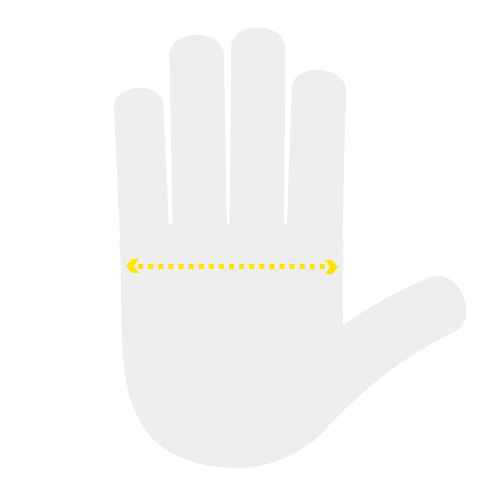
| Glove Size | Measurement Across Palm |
| Size 6 (Extra Small) | 6cm |
| Size 7 (Small) | 7cm |
| Size 8 (Medium) | 8cm |
| Size 9 (Large) | 9cm |
| Size 10 (Extra Large) | 10cm |
Where Can I Use the TraffiGlove TG5010 Cut Level D Gloves?
The TraffiGlove TG5010 are suitable for a range of conditions. Suitable industries include:
- Assembly
- Automotives
- Building
- Construction
- Engineering
- Inspection
- Maintenance
- Manufacturing
- Mechanics
- Local authorities
- Packaging
- Packing
- Transportation
- Warehousing
What Can the TraffiGlove Cut Level D Gloves Protect Me From?
To ensure your protection at work, the TraffiGlove TG5010 Gloves have been tested to a number of rigorous standards. One of these standards is EN 388, which measures how the pair will act around abrasions, cuts, tears and punctures. The gloves achieved the following score:
| Resistance | Resistance Level |
| Abrasion Resistance | Level 4 |
| Cut Resistance | N/A |
| Tear Resistance | Level 4 |
| Puncture Resistance | Level 3 |
| ISO Cut Resistance | Level D |
How Cut Resistant Are the TraffiGlove TG5010 Cut D Gloves?
The TraffiGlove TG5010 use a special blend liner which includes nylon, polyester, HPPE and steel, which helps to provide a superb level of resistance against cuts. You should be able to use the glove safely for glass, metal and steel handling, while the impressive level of dexterity allows you to handle small sharp parts as well.
How Grippy Are the TraffiGlove TG5010 Gloves?
The number one selling point of the TraffiGlove TG5010 Gloves is their outstanding level of grip. TraffiGlove have designed a special coating called X-Dura; a polyurethane blend which encourages impressive grip in dry working conditions. We would recommend trying these gloves for tasks as diverse as lumbar handling, mechanics, warehousing and more.
How Flexible Are the TraffiGlove Cut Level D Grip Gloves?
In using a nylon, polyester, HPPE, steel and elastane lining, the TraffiGlove TG5010 Gloves provide an impressive level of dexterity. The gloves have been designed to encourage excellent handling abilities, being flexible enough to conduct small tricky tasks such as small parts and tools handling.
How Comfortable Are the TraffiGlove Cut Level D Gloves?
Extensive efforts have been made in the manufacturing of these gloves to promote comfort during use. The gloves are highly dexterity and highly flexible, meaning that you can use the gloves for extended periods of time without developing hand fatigue. Perfect for all day comfort.
How Protective Is their Knitwrist?
The TraffiGlove TG5010 Gloves come with a special knitwrist that stretches past the start of your wrist. This means that when handling items such as lumbar, wood and other materials, your wrists can stay protected from splinters and other niggly injuries.
Introducing: The Traffisafe System
Traffiglove gloves operate on the TraffiSafe system, designed to make it as easy as possible to identify the gloves you may need for a particular task.
- Red gloves feature a cut level of 1, designed to provide very basic cut resistance and should not be used in environments where cut resistance may be needed.
- Orange gloves feature a cut level of 3, designed to provide an intermediate level of cut resistance and should only be used in environments where cut resistance is infrequently required.
- Green gloves feature a cut level of 5, designed to provide the best level of cut resistance possible and are suitable for use where cut resistance is repeatedly required.
Materials
The TraffiGlove TG5010 Gloves are designed using:
- Nylon
- HPPE
- Elastane
- Steel
- Polyurethane
Documentation for the Traffiglove Gloves
| Conformity Statement | Instructions for Use |
 |  |
Delivery
This item will be dispatched by Royal Mail, DPD courier or UPS courier.
The estimated delivery time for this item is usually 1-3 working days when ordered before 14:00, Monday to Friday (excluding Bank Holidays).
Orders that are placed before 14:00 on a working day are usually dispatched on the same day; for orders placed outside this timeframe, they are normally dispatched the next working day.
UK Delivery Charges
Certain orders delivered to the UK are subject to a delivery charge; refer to the table below for more information. Please note that all values are listed exclusive of VAT.
| Order Value | UK Delivery Charge |
|---|
| Up to £39.99 | £4.95 |
| £40.00 and over | FREE |
Please note: orders to NON-mainland UK and the Scottish highlands may be subject to an additional delivery charge, dependent on the size and value of the order.
What is EN 388?
You might have noticed that this product adheres to EN standard EN 388. EN standards ensure that the product you are buying meets the safety standards of the European Committee for Standardization (CEN), the highest standards organisation recognised by and working on behalf of the European Union. To pass any EN standard, a PPE product must undergo some of the most rigorous safety tests around.
There are many EN standards that our gloves adhere to. However, the EN standard that we’re concerned about here is EN 388. EN 388 stands for Mechanical Resistance, and informs you of your gloves' resistance to abrasion, cuts, tears and punctures.
How Do I Read the EN 388 Score?
Simply speaking, the higher the score that this product achieves, the better the product will be at resisting that hazard. Products will score between Level 0 and Level 4 for abrasion, tears and punctures, and if they weren’t tested for that hazard you will see N/A written instead of a number.
Cuts are a little different and, with the EN 388 standard rewritten in 2016, it means that gloves will either be tested to cut resistance or ISO cut resistance (sometimes called TDM cut resistance). Gloves tested to cut resistance will score between Level 0 and Level 5, and gloves tested to ISO cut resistance will achieve a score between Level A and Level F with the higher letter offering better cut protection.
Where Can I Find Out More?
This is just a brief overview of EN standard EN 388 so you know where you are standing. For further information, you can see the Introductory EN 388 Blog in our Knowledge Centre.


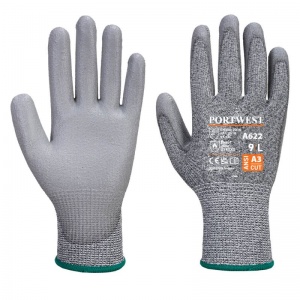
.jpg)
.jpg)
.jpg)
.jpg)
.jpg)
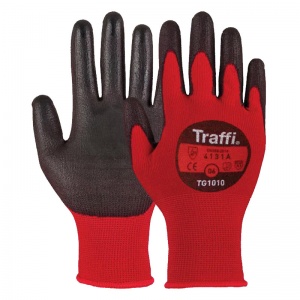
.jpg)
.jpg)
.jpg)
.jpg)
.jpg)

.jpg)
.jpg)
.jpg)
.jpg)

.jpg)
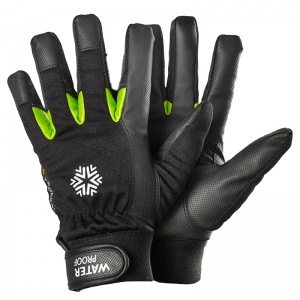
.jpg)
.jpg)
.jpg)
.jpg)
.jpg)
.jpg)
(1).jpg)
(2).jpg)
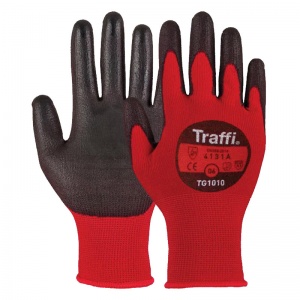
.jpg)
.jpg)
.jpg)
.jpg)
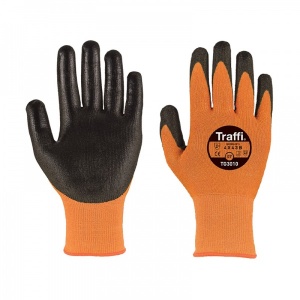
.jpg)
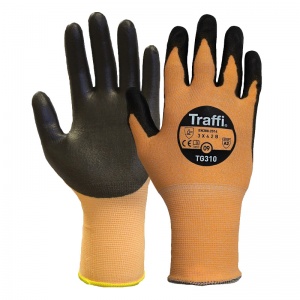
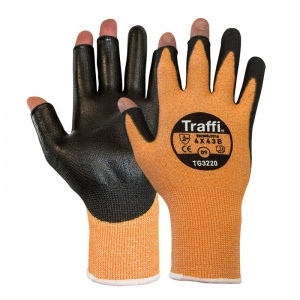
.jpg)